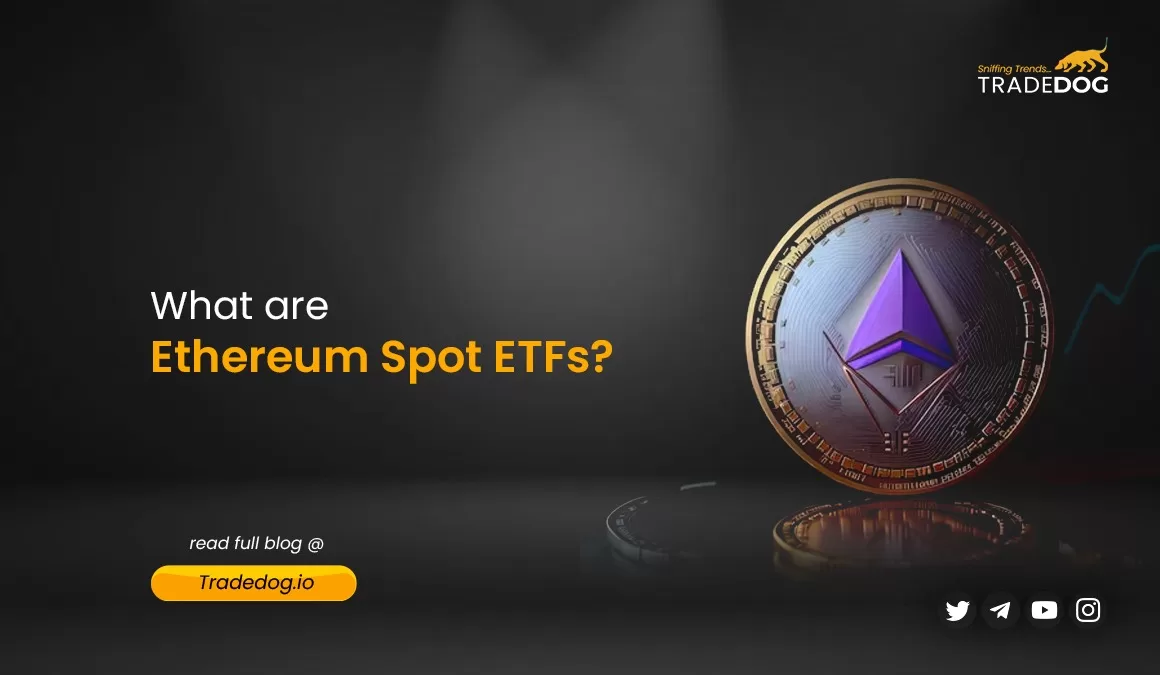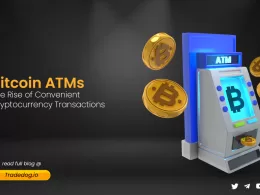Quick Links
With all the hype around Bitcoin Spot ETFs, Ethereum Spot ETFs have also emerged as a potential game-changer, offering a bridge between traditional finance and the world of digital assets. These investment vehicles, also known as physically-backed Ether ETFs, bring unique features and considerations that set them apart from their Bitcoin counterparts. In this comprehensive exploration, we delve into the distinctive aspects of Ethereum Spot ETFs, comparing them to Bitcoin ETFs, exploring their unique features, and weighing the pros and cons.
Understanding Ethereum Spot ETFs
Ethereum Spot ETFs serve as digital wallets, directly holding Ethereum tokens and mirroring the cryptocurrency’s market price. Unlike direct purchases on crypto exchanges, these ETFs trade on traditional stock exchanges, providing a more accessible entry point for investors less familiar with the intricacies of digital asset management. The key distinction lies in their spot-based nature, directly holding Ethereum and potentially offering a more direct link to its price movements.
Contrasting with Bitcoin ETFs
Ethereum and Bitcoin ETFs are similar in many ways, but critical differences exist. Both ETFs track the price of their respective cryptocurrencies, offering investors a convenient way to gain exposure to the crypto market without holding the digital asset directly. While Bitcoin and Ethereum share the “ETF spotlight,” there are crucial differences.
Bitcoin offers both futures-based (tracking price through contracts) and spot-based (holding actual Bitcoin) options in the US. In contrast, Ethereum currently only has futures-based ETFs. Bitcoin investors can choose between closer real-time price alignment with spot ETFs or lower complexity with futures ETFs. Bitcoin and Ethereum are expected to have spot ETFs soon, offering more accurate tracking for Ethereum.
Bitcoin and Ethereum differ in price behaviours. Bitcoin boasts a larger market cap and established price. It experiences less volatility while acting as a “digital gold” and attracting institutional investors. On the other hand, Ethereum exhibits higher volatility due to its dynamic ecosystem of decentralized applications (dApps), smart contracts, and DeFi protocols. While this ecosystem offers more significant growth potential, it also introduces more risk factors that can cause price swings.
These differences attract distinct investor profiles. Bitcoin’s stability appeals to those seeking a digital store of value. At the same time, Ethereum’s potential for growth attracts investors interested in the evolving dApp and DeFi landscape. While Ethereum offers potentially higher returns, it comes with an understanding of increased risk.
Pros and Cons
Pros
- Increased liquidity: Ethereum Spot ETFs can bring more investors into the Ethereum market. This increased participation can lead to smoother price movements. It can also create easier entry and exit points for investors.
- Reduced volatility: The entry of institutional investors through ETFs could bring stability to the Ethereum market. This could reduce the extreme price swings often associated with smaller, less liquid markets.
- Potential diversification: For traditional investors with well-diversified portfolios, adding an Ethereum ETF could offer exposure to a new asset class. This new asset class could have unique risk-return characteristics, which could further diversify their holdings and enhance the overall returns of their portfolio.
- Avoiding Crypto Wallet Issues: Investors can avoid issues related to crypto wallets, such as forgotten passwords.
Cons
- Regulatory hurdles: Approval from authorities like the SEC is still pending for Ethereum Spot ETFs. The process can be lengthy and complex. This regulatory uncertainty can create hesitation among investors and hinder wider adoption until clear guidelines are established.
- Fees: Investors holding Ethereum Spot ETFs would incur management fees. These fees are typically small, but they can accumulate over time. This can eat into potential returns, especially for long-term investors.
- Limited exposure: compared to directly owning Ethereum, investors in Ethereum Spot ETFs would not benefit from potential staking rewards. Staking rewards offer additional income for holding the cryptocurrency.
- Trading at a Bid-Ask Spread: Investors would need to trade the ETF at a bid-ask spread
- Limited Control: If you are a trader who prioritizes ownership and freedom to trade at any time, then the spot ETH ETF might not suit you.
Potential Impact of Ethereum Spot ETFs
The approval of Ethereum Spot ETFs stands as a catalyst for mainstream adoption, simplifying entry for traditional investors and attracting a wave of new participants to the Ethereum ecosystem. This surge in engagement holds the potential to enhance Ethereum’s market cap and contribute to its maturation, paving the way for broader acceptance within the traditional financial landscape.
Furthermore, the capital infusion facilitated by these ETFs could fuel innovation within the Ethereum ecosystem, providing developers and entrepreneurs with increased resources and heightened investor interest. This financial boost has the potential to expedite the creation of novel applications and technologies, reinforcing Ethereum’s position as a dynamic and progressive blockchain platform. Simultaneously, the success or challenges faced by Ethereum Spot ETFs may wield influence over cryptocurrency regulations, establishing a potential precedent for future decisions. A positive outcome could reshape the regulatory landscape, creating a more secure and predictable environment for crypto investors and fostering increased confidence and participation from institutional and retail sectors.
The Road Ahead
The potential approval of Ethereum Spot ETFs is a significant milestone in cryptocurrency. Major US stock exchanges, such as the NYSE or Nasdaq, are expected to list these ETFs, marking a significant step forward in integrating cryptocurrencies into traditional financial systems. This development could open up the Ethereum market to a broader range of investors more comfortable with traditional investment vehicles. The U.S. Securities and Exchange Commission (SEC) is set to rule on applications from VanEck and Ark 21Shares by May 23rd. If approved, this would be a strong endorsement of the legitimacy of Ethereum as an asset class.
However, TD Cowen expects a more prolonged process, possibly extending to 2025 or 2026. This reflects the cautious approach that regulatory bodies might take, given the cryptocurrency market’s relatively nascent and volatile nature. Drawing parallels and approving Bitcoin Spot ETFs was a positive milestone that boosted investor confidence and increased institutional participation. If Ethereum Spot ETFs receive approval, it could enhance Ethereum’s market maturity and investor appeal.








